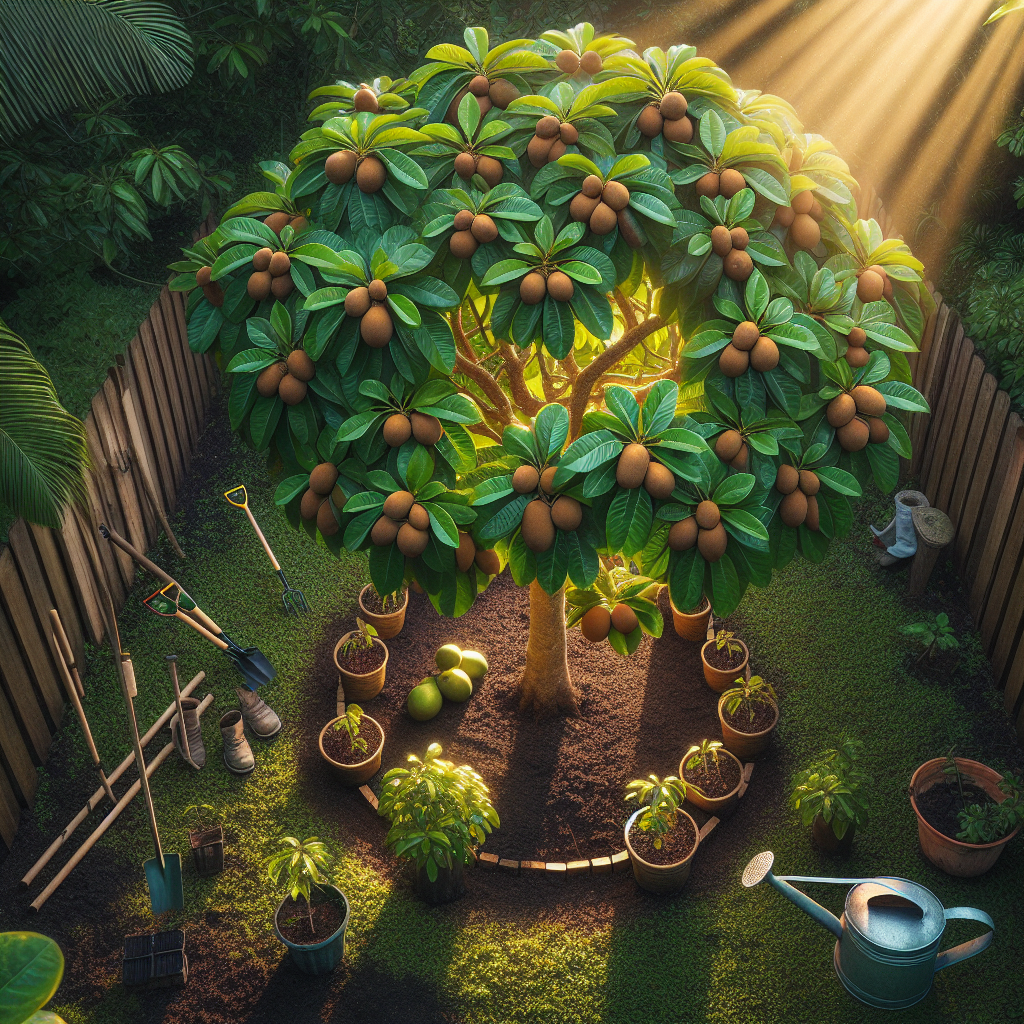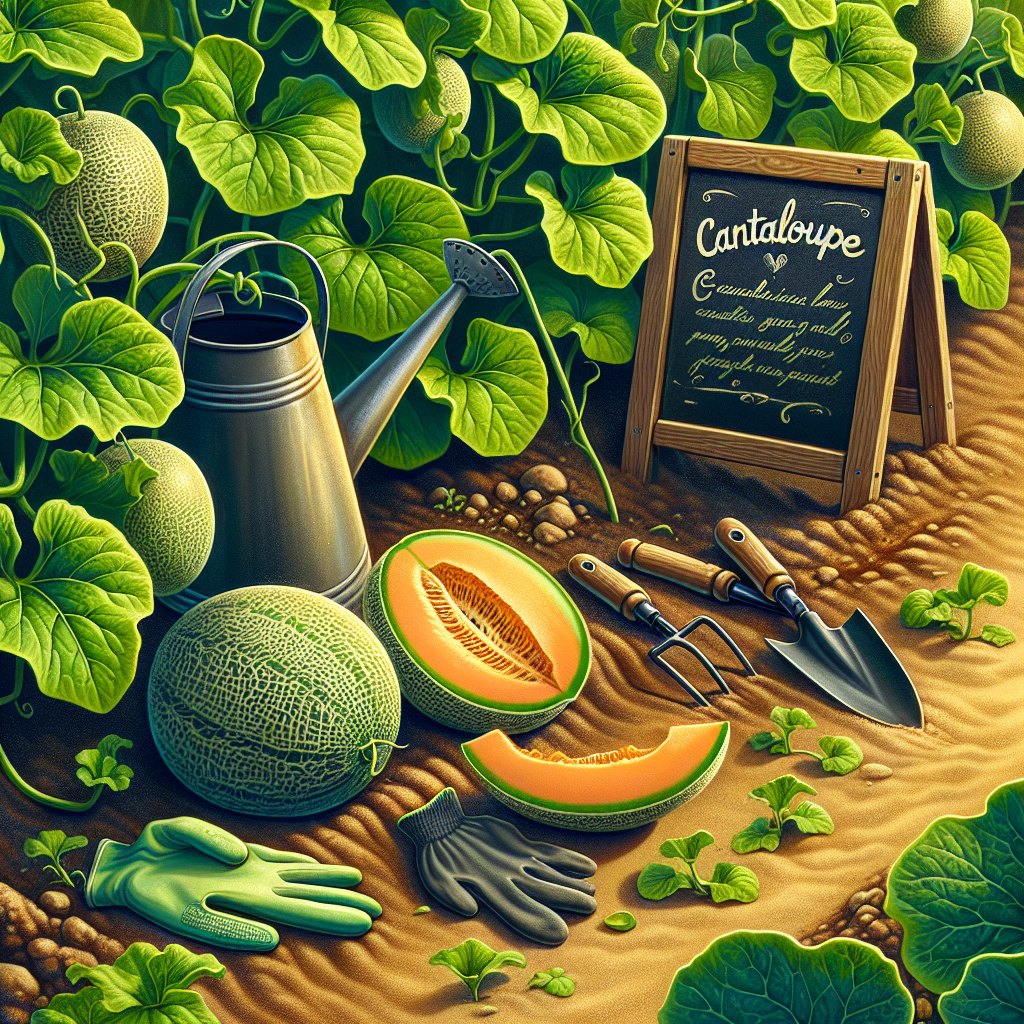Indoor Rubber Plant Care: Essential Tips and Tricks
Updated May 30, 2024 at 9:58 am

Indoor Rubber Plant Overview
- Pet Friendly: Rubber plants can be mildly toxic if ingested, so it is best to keep them out of reach from pets.
- Light Requirements: Thrives in bright, indirect light but can adapt to lower light conditions.
- Watering: Water when the top inch of soil feels dry to the touch, typically every 1-2 weeks.
- Humidity: Prefers moderate to high humidity, but is quite adaptable to typical household levels.
- Temperature: Enjoys the average room temperature, between 60-75°F (15-24°C).
- Difficulty: Easy to care for, making it perfect for beginners or those with a busy lifestyle.
Optimizing Light for Your Rubber Plant
Caring for your indoor rubber plant starts with ensuring it gets just the right amount of light. Native to tropical regions, it loves bright, filtered sunlight. Too much direct sunlight, however, can scorch its leaves, while too little can cause it to become leggy and compromise its rich, dark green color. To strike the perfect balance, place your rubber plant near a window with sheer curtains that diffuse the light. If you notice leaf discoloration or wilting, consider using a grow light during darker months or in rooms with little natural light. One highly recommended product is the GE BR30 Full Spectrum LED Grow Light Bulb. Based on consumer reviews, it’s lauded for its energy-efficient design and the natural-looking light it provides, which not only benefits the plant but also the look of your room.
Find This and More on Amazon
Watering and Feeding Your Rubber Plant
Next up is water – an area where less is often more. Your rubber plant’s watering needs can vary based on the size of the plant, pot, soil type, and environmental conditions. A good rule of thumb is to allow the top 1-2 inches of soil to dry out before watering again. Overwatering can lead to root rot, which spells trouble for your plant. On the other side of the spectrum, consistent underwatering can weaken your plant. It’s said that people rave about the XYX Digital Moisture Meter for soil, it helps keep the guesswork out of watering. This handy tool can tell you precisely when your plant needs water. Plant enthusiasts appreciate its simple interface and accuracy, making it a useful instrument in preventing over or under-watering.
Proper Soil and Repotting Practices
The rubber plant is quite forgiving when it comes to soil types, but the right mixture can help prevent waterlogging and provide necessary nutrients. A well-draining soil mix is ideal, usually a blend with peat, pine bark, and perlite. When the plant begins to outgrow its current pot or the soil becomes compacted, it might be time to repot. This is typically done every couple of years, and it’s recommended to slightly increase the pot size – going too large can overwhelm the plant. Repotting gives you the chance to inspect the roots and trim any that may be rotting. The Organic Potting Mix by Espoma is a favorite among plant owners. Reviews highlight its organic composition, which promotes strong root development and has excellent drainage properties. Just remember, repotting is a stressful time for plants, so give them some time to adjust post-transit.
Find This and More on Amazon
Humidity and Temperature Requirements for Peak Plant Health
Adapting to your rubber plant’s humidity and temperature needs will ensure it thrives. In its tropical natural habitat, it enjoys higher humidity levels. However, it’s adaptable and can survive in your home where the humidity may be lower. If you notice that the leaves are drooping or turning brown at the edges, this could indicate that the air is too dry. To counteract this, you could use a humidifier or mist the leaves regularly. The Levoit Ultrasonic Humidifier comes with glowing reviews for its large capacity and quiet operation. Many users love that this humidifier not only benefits their rubber plants but also improves the overall air quality in their homes.
Find This and More on Amazon
Pruning and Shaping Your Rubber Plant for Aesthetics
Aside from health reasons, pruning your rubber plant can also be for aesthetics – to keep it looking full and bushy. When it grows too tall and stalk-like, you might want to encourage branching. You can do this by pruning the top of the plant or snipping off the ends of long branches. Always use a clean, sharp pair of pruning shears to avoid damaging the plant. The recommendation based on what people say is to opt for the Fiskars Steel Pruning Shears which are celebrated for their durability and precision. Home gardeners find them to be ergonomic and effective for making clean cuts that promote new growth in rubber plants.
Identifying and Managing Pests and Diseases
Typically, your rubber plant will be quite resistant to pests and diseases, but it pays to be vigilant. Keep an eye out for common issues like spider mites, mealybugs, and scale insects. A pest infestation can usually be handled with a gentle wipe-down using a soap and water solution or neem oil. The Organic Neem Bliss is often brought up in gardening circles for its pure, high-grade formulation and effectiveness in controlling pests without harsh chemicals. Reading through the experiences, many express how it’s an essential part of their plant care toolkit to keep rubber plants healthy.
Common Issues with Rubber Plants and How to Solve Them
One of the most common issues you might encounter with your indoor rubber plant is leaf discoloration. Yellowing leaves might indicate overwatering, poor drainage, or a nutrient deficiency. It’s important to assess your care routine and make adjustments as necessary. Dropping leaves, on the other hand, could be a response to a sudden change in environment, such as a move, a draft, or a dramatic temperature change. To support your plant, ensure it’s in a stable environment and try feeding it with a balanced, water-soluble fertilizer. The product many turn to for this is the Jack’s Classic All Purpose Fertilizer, which boasts a formula that can help correct minor nutrient deficiencies and promote lush, green growth without overwhelming the plant.
When and How to Propagate Your Rubber Plant
If you’re looking to multiply your rubber plant family, propagation is the way to go. There are a few methods to do this, but the most popular is through air layering or stem cuttings. It’s a bit of a patient gardener’s game, as it requires time for roots to develop before you can pot the new plant. Using a rooting hormone can help speed up the process, something like the Garden Safe TakeRoot Rooting Hormone comes in handy, as it’s rated well for ease of use and effectiveness. Many enthuse about how it encourages quick root development in cuttings, making the propagation process more successful.
Ensuring Long-Term Growth and Enjoyment
Caring for a rubber plant is a rewarding and aesthetic-pleasing pursuit. By providing the right environment in terms of light, water, soil, and humidity, you set the stage for a thriving, long-living plant. Remember, it’s a living thing that responds to your care and attention, so take note of any changes and adjust your practices accordingly. Once established, your rubber plant can become a beautiful focal point in any room, a testament to your nurturing and a source of pride. Enjoy the journey of indoor gardening and the serene beauty it brings to your home.
Dealing with Brown Leaf Tips on a Rubber Plant
Brown leaf tips can create some concern for rubber plant owners, but it’s a common symptom with a variety of potential causes, from low humidity to over-fertilization. Ensuring that the plant is not in a drafty area and that the humidity levels are adequate can help prevent the issue. If the browning continues, consider flushing the soil to remove excess salts from fertilizers. Remember, consistent care and observation are key in maintaining the health of your rubber plant.
Choosing the Right Container and Placement
Selecting a suitable container for your rubber plant is crucial for its growth. It needs a pot with excellent drainage to avoid water accumulation at the roots. A pot made from breathable material, like terracotta, can be beneficial. When deciding where to place your rubber plant, opt for a location that receives plenty of indirect light and is away from cold drafts or heat sources. The correct container and strategic placement can significantly impact the vitality of your rubber plant.
Engaging with a Community of Rubber Plant Enthusiasts
Growing a rubber plant at home is not just about the physical care. Joining forums or online communities, such as the Houseplant Hobbyist group on Facebook, can provide additional support and a wealth of shared knowledge. Engaging with fellow enthusiasts can offer insights into new care techniques and even help diagnose issues if something seems off with your plant. Many plant owners find great joy and expanded expertise through these vibrant communities.
Creating the Optimal Home Environment for a Rubber Plant
Your home environment plays a significant role in the health of your rubber plant. Beyond light and watering considerations, think about the air quality and flow in your home. Using air purifiers can eliminate potential airborne toxins that might affect your plant negatively. Products such as the HEPA Air Purifiers receive high marks for improving indoor air quality, which benefits both your rubber plants and your own health.
Seasonal Care for Your Rubber Plant
The care routine for a rubber plant can change with the seasons. During the growing season, spring and summer, your plant may require more frequent watering and feeding. Conversely, in the fall and winter, growth slows, and the plant will need less. Paying attention to these natural cycles and adjusting care can help avoid issues such as overwatering during the dormant phase, making for a happier plant all year round.
Embracing the Joys of Indoor Rubber Plant Gardening
Above all, growing an indoor rubber plant is a fulfilling hobby that invites calm and nature into your home. Enjoy the process of learning about your plant’s needs, watching it develop, and knowing that your care plays a direct role in its growth and wellbeing. The journey of nurturing your rubber plant is rewarding, so take pleasure in each new leaf and every learning curve.
Shop more on Amazon

